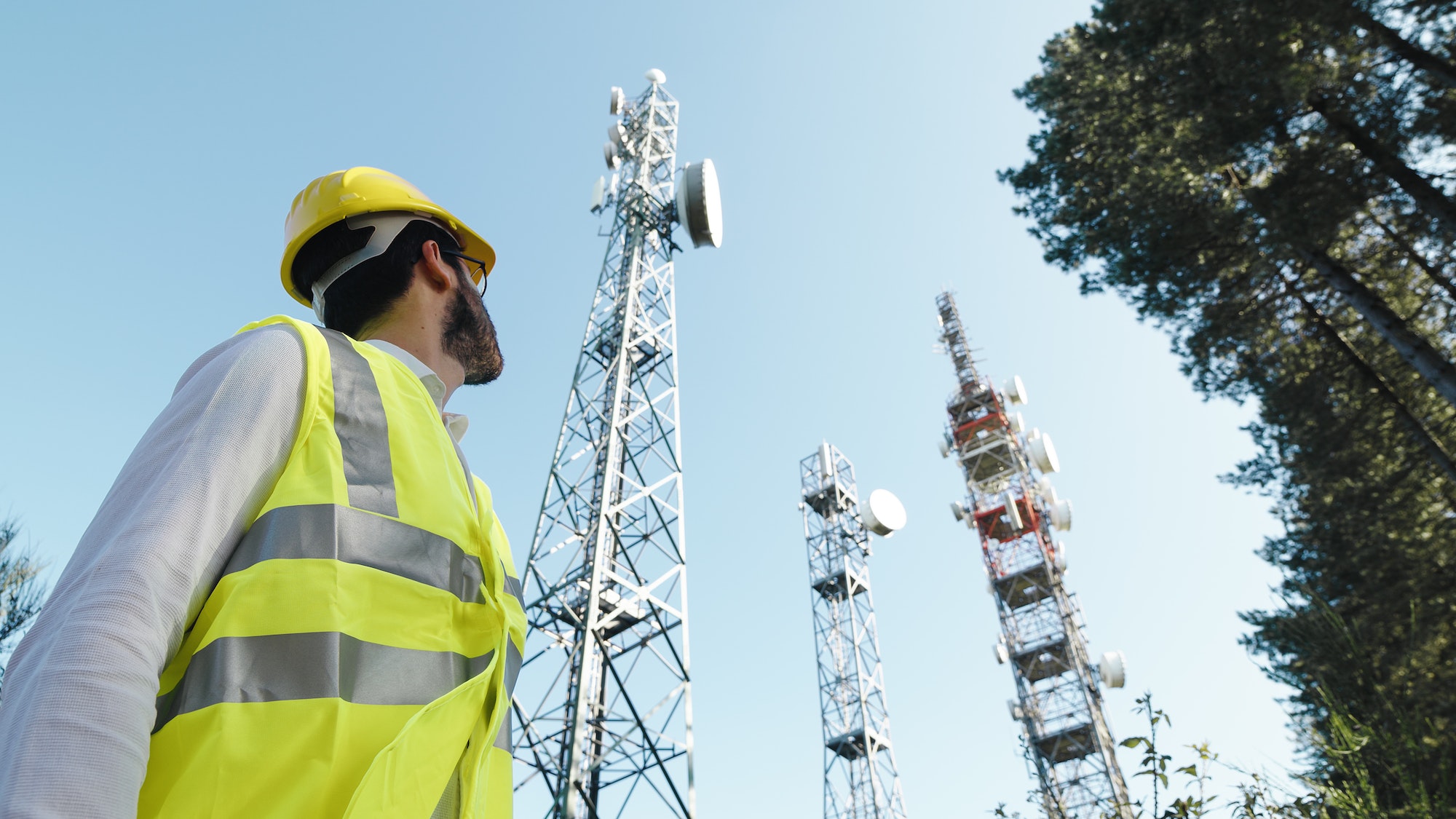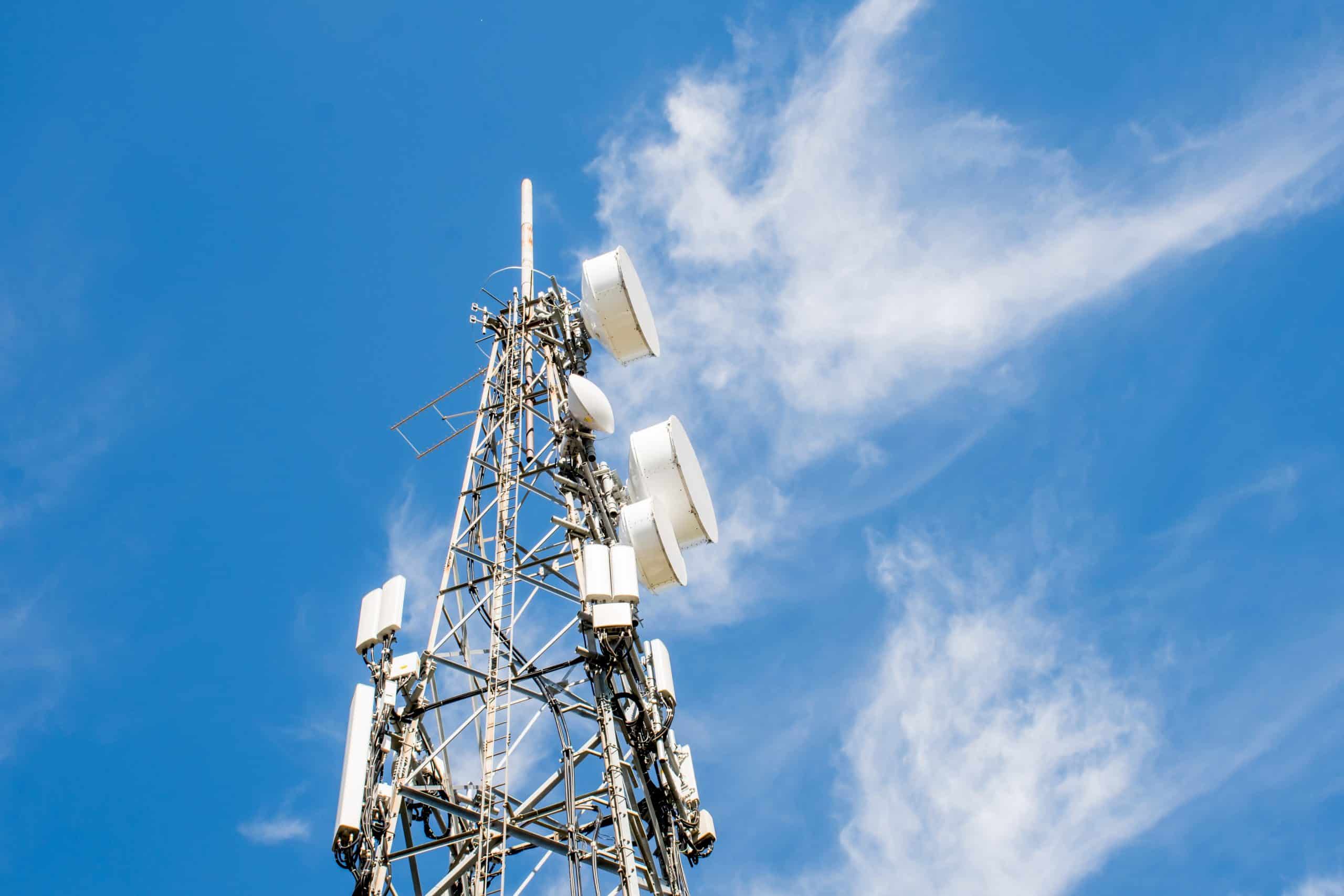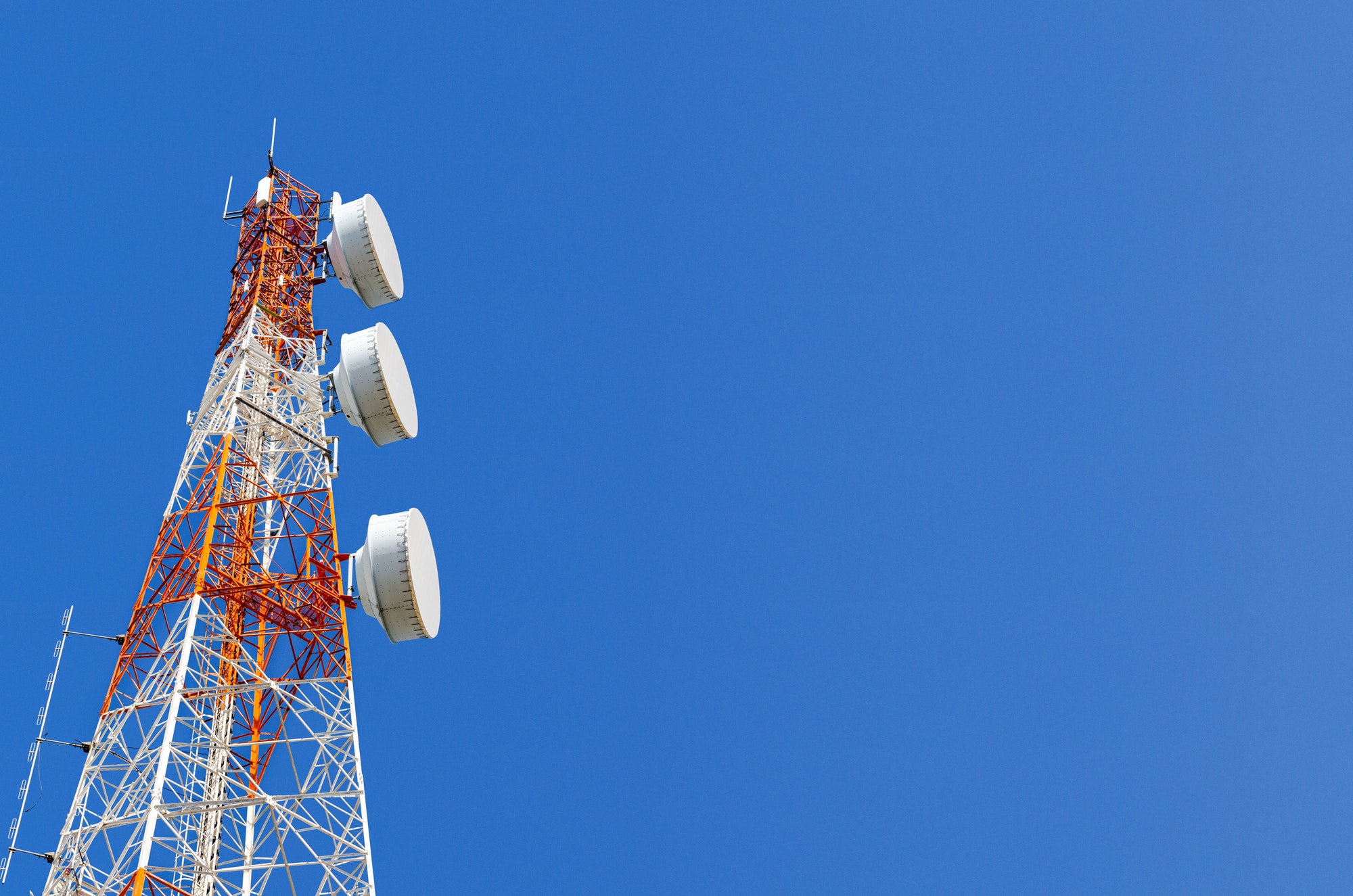The Federal Communications Commission (FCC) is responsible for the oversight and licensing of Telecommunications Antenna Structures. These structures support antennas which transmit and/or receive radio energy. The FCC requires antenna structures to be licensed and registered per title 47 if the structures interfere with FAA flight paths.
There are 23 Antenna Structures types identified by the FCC for Cell Tower and Antenna sites as identified in the below examples:
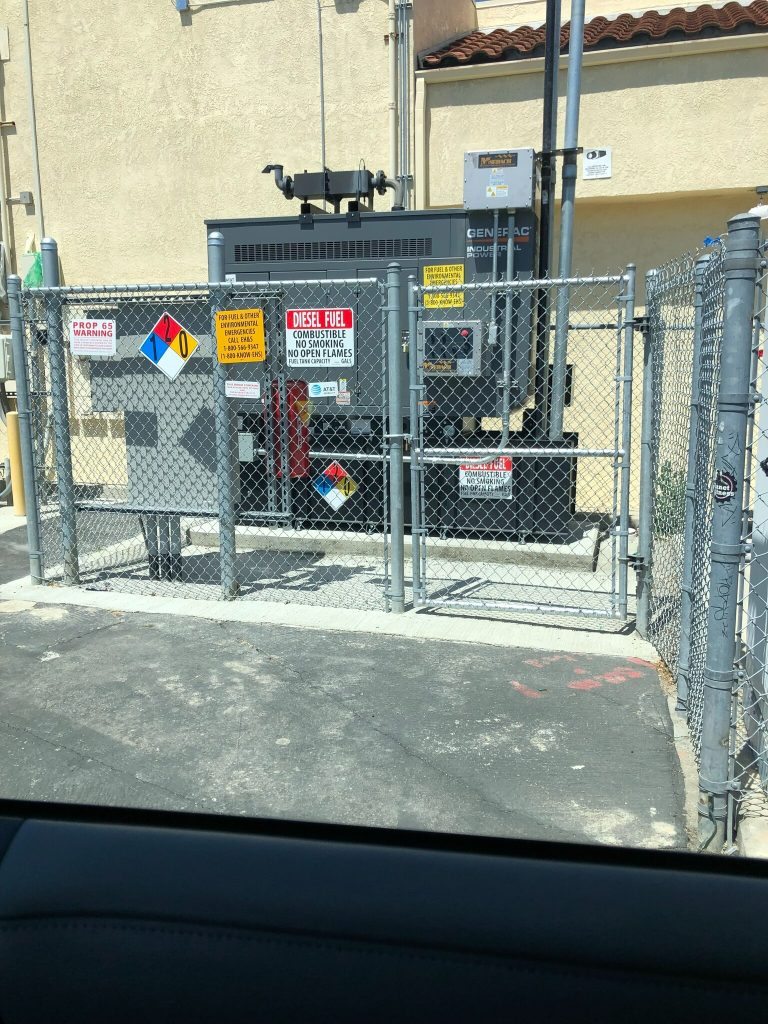
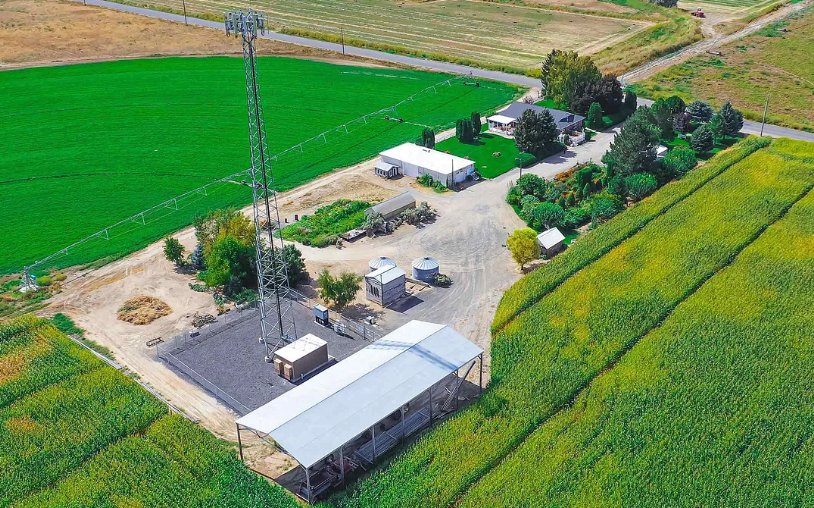
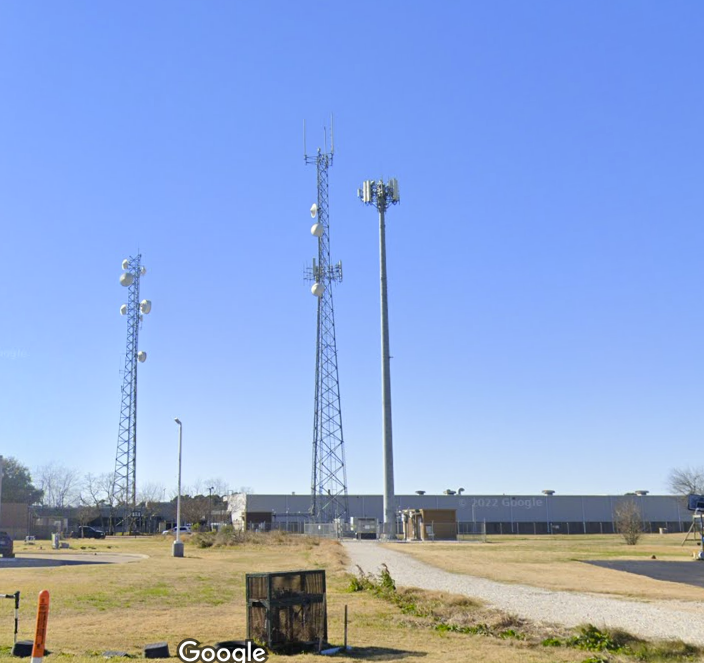
Contents
Federal Communications Commission Antenna Structure Types
- B – Building
- BANT – Building with Antenna on Top
- BMAST – Building with Mast
- BPIPE – Building with Pipe
- BPOLE – Building with Pole
- BRIDG – Bridge
- BTWR – Building with Tower
- GTOWER – Guyed Structure Used For Communication Purposes
- LTOWER – Lattice Tower
- MAST – Mast
- MTOWER – Monopole
- NNGTANN – Guyed Tower Array
- NNLTANN – Lattice Tower Array
- NNMTANN – Monopole Array
- PIPE – Any type of Pipe
- POLE – Any type of Pole
- RIG – Oil or Other Type of Rig
- SIGN – Any type of Sign or Billboard
- SILO – Any type of Silo
- STACK – Smoke Stack
- TANK – Any type of Tank (water, gas, etc.)
- TREE – When used as a support for an antenna
- UPOLE – Utility Pole/Tower used to provide service
Example Cell Tower and Radio Antenna Structure Types
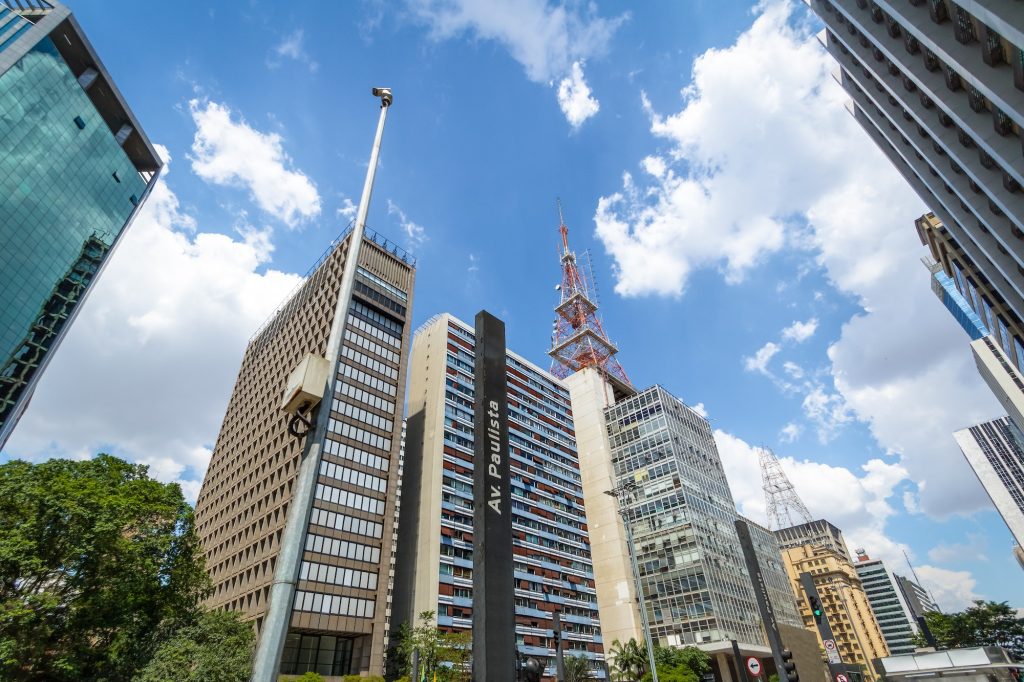
B – Building
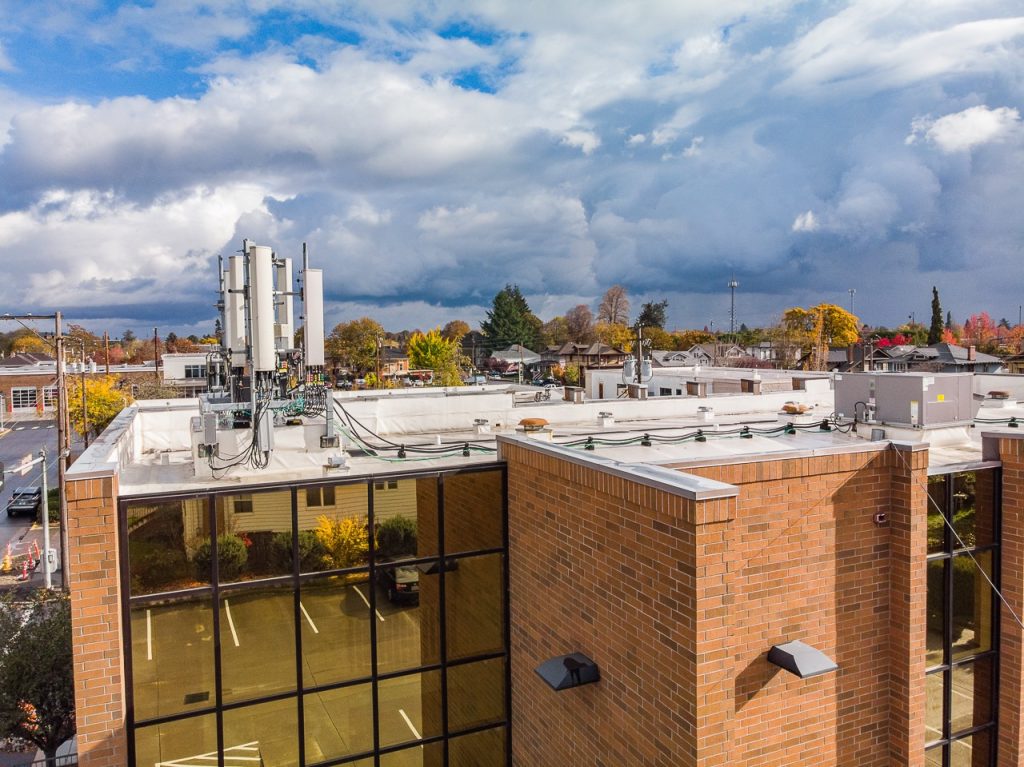
BANT – Building with Antenna on Top

BMAST – Building with Mast
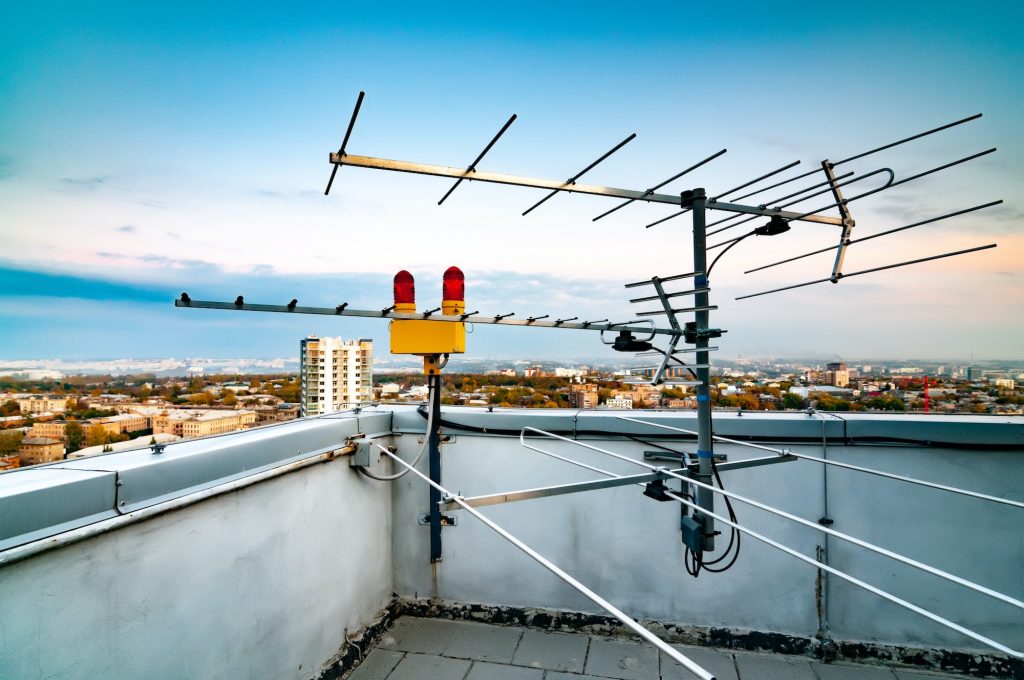
BPIPE – Building with Pipe
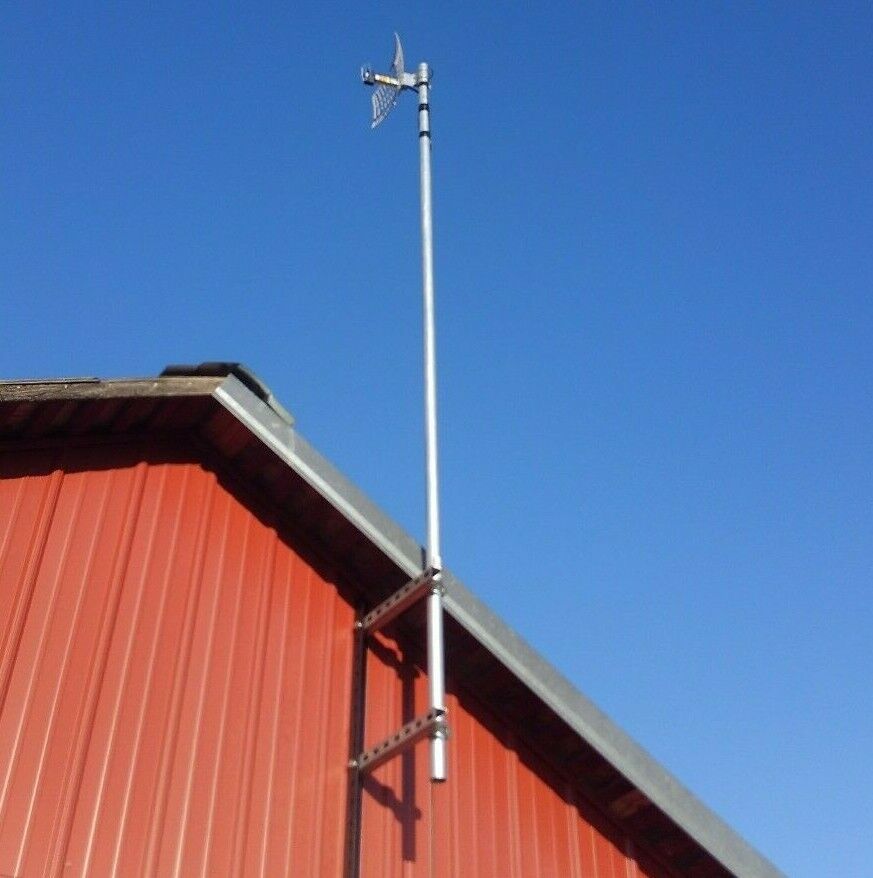
BPOLE – Building with Pole

BRIDG – Bridge
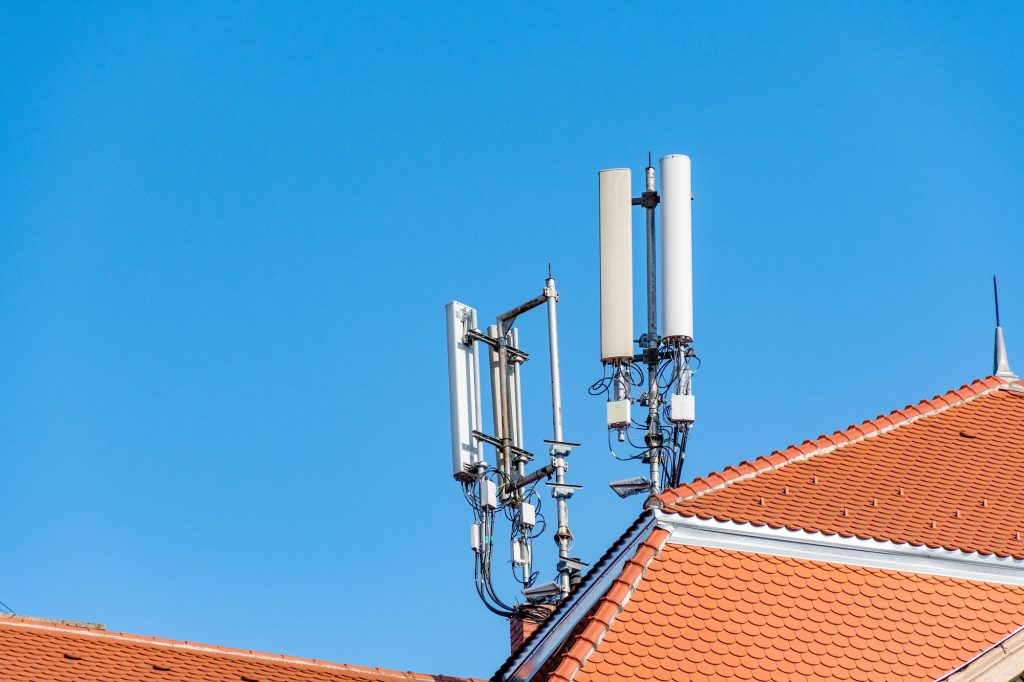
BTWR – Building with Tower
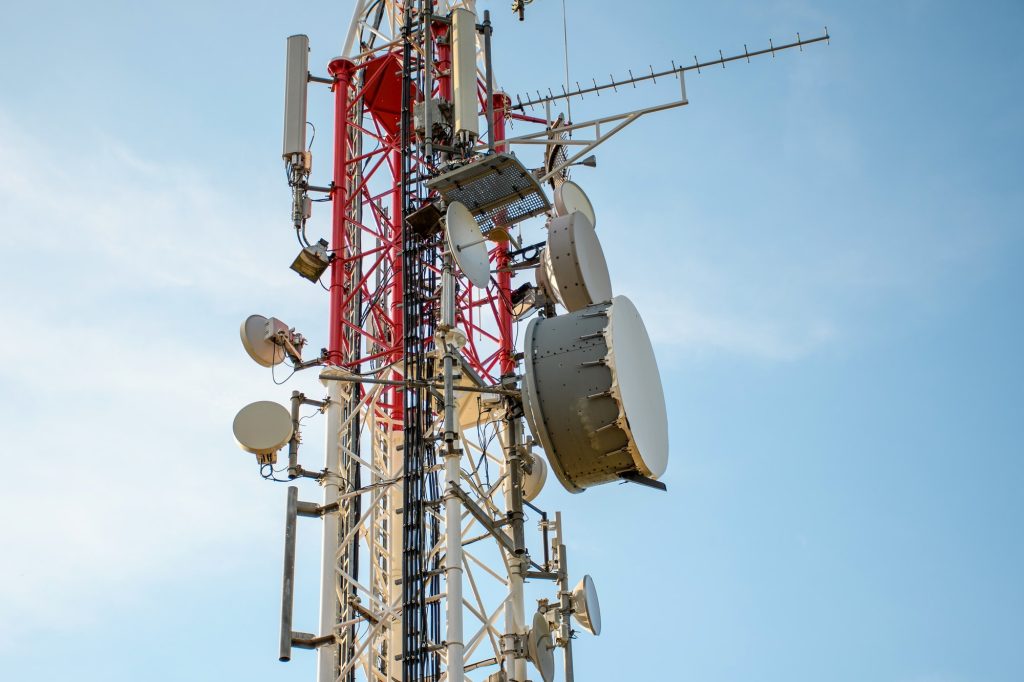
GTOWER – Guyed Structure Used For Communication Purposes
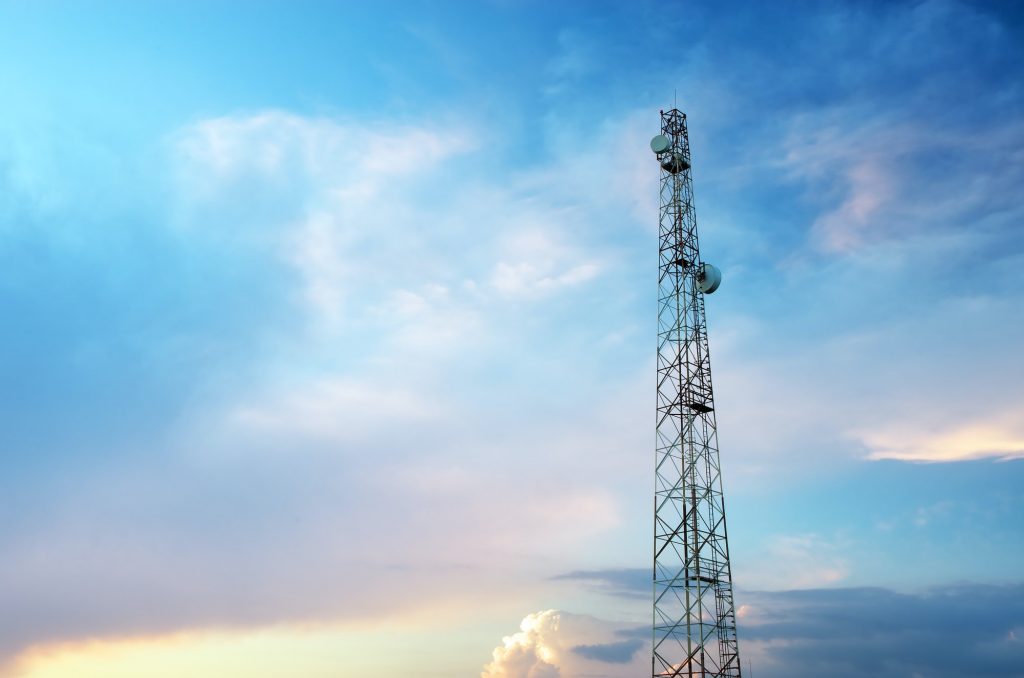
LTOWER – Lattice Tower
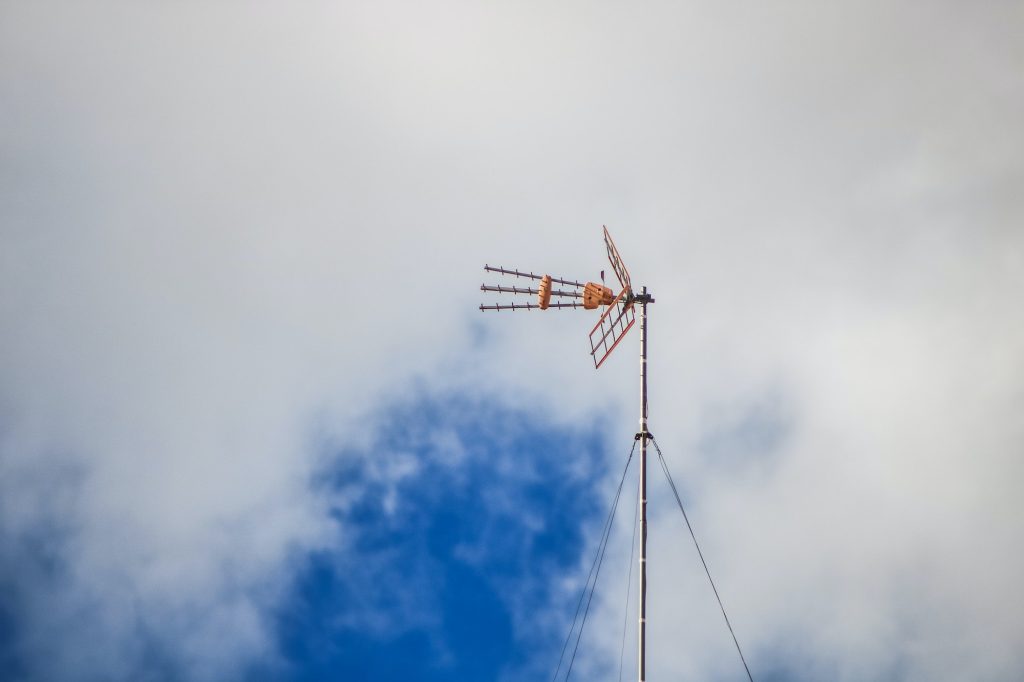
MAST – Mast
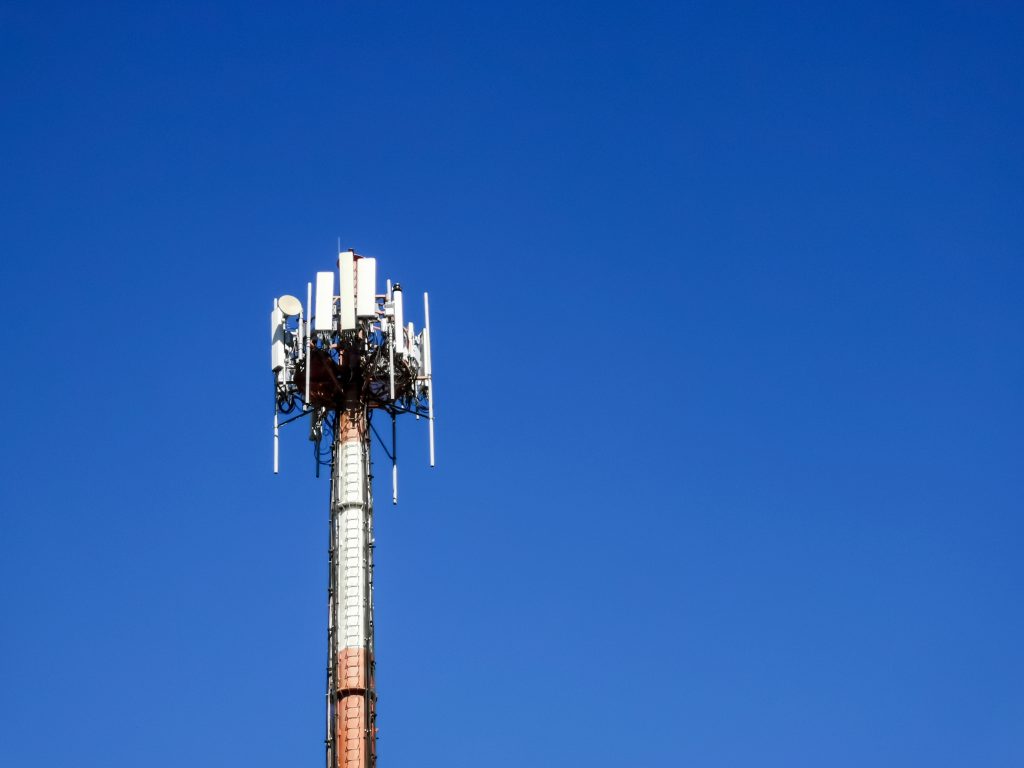
MTOWER – Monopole
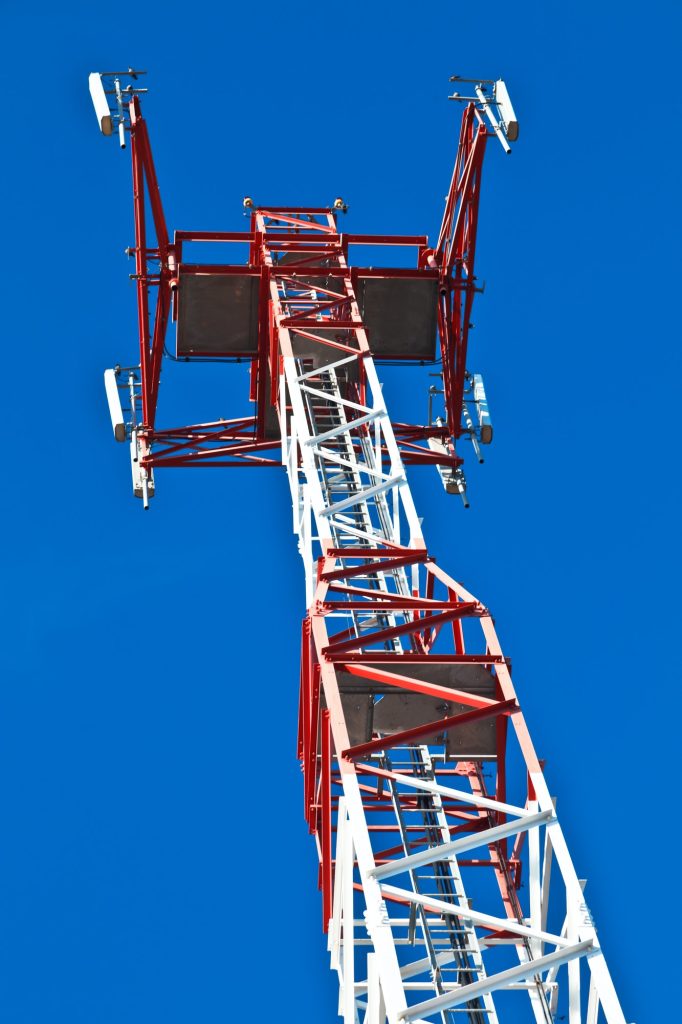
NNGTANN – Guyed Tower Array

NNLTANN – Lattice Tower Array
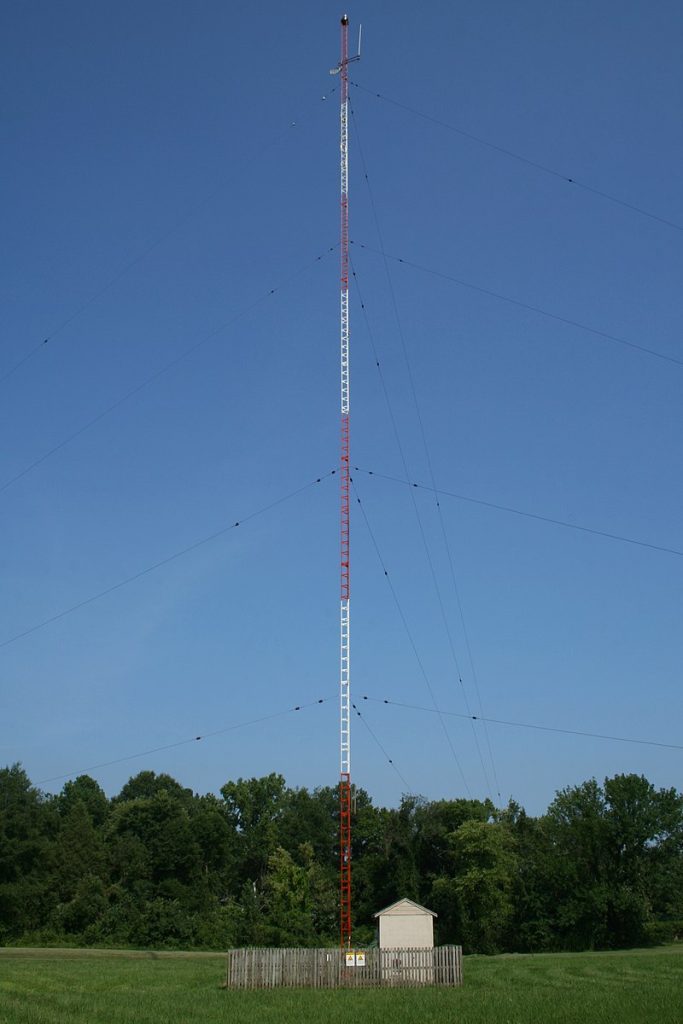
NNMTANN – Monopole Array
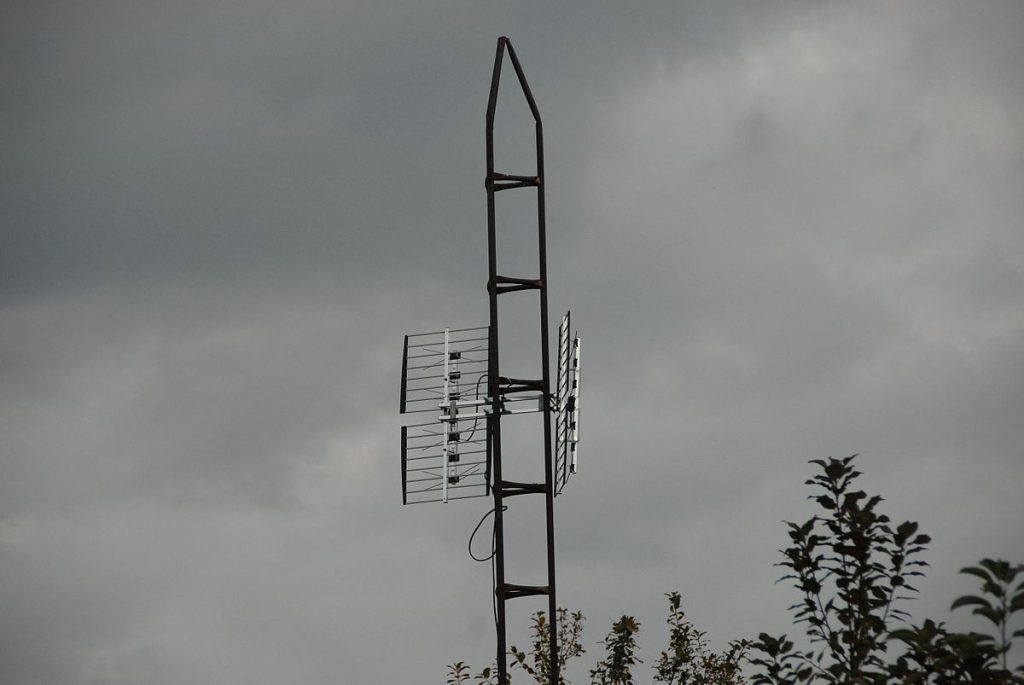
PIPE – Any type of Pipe

POLE – Any type of Pole

RIG – Oil or Other Type of Rig

SIGN – Any type of Sign or Billboard

SILO – Any type of Silo
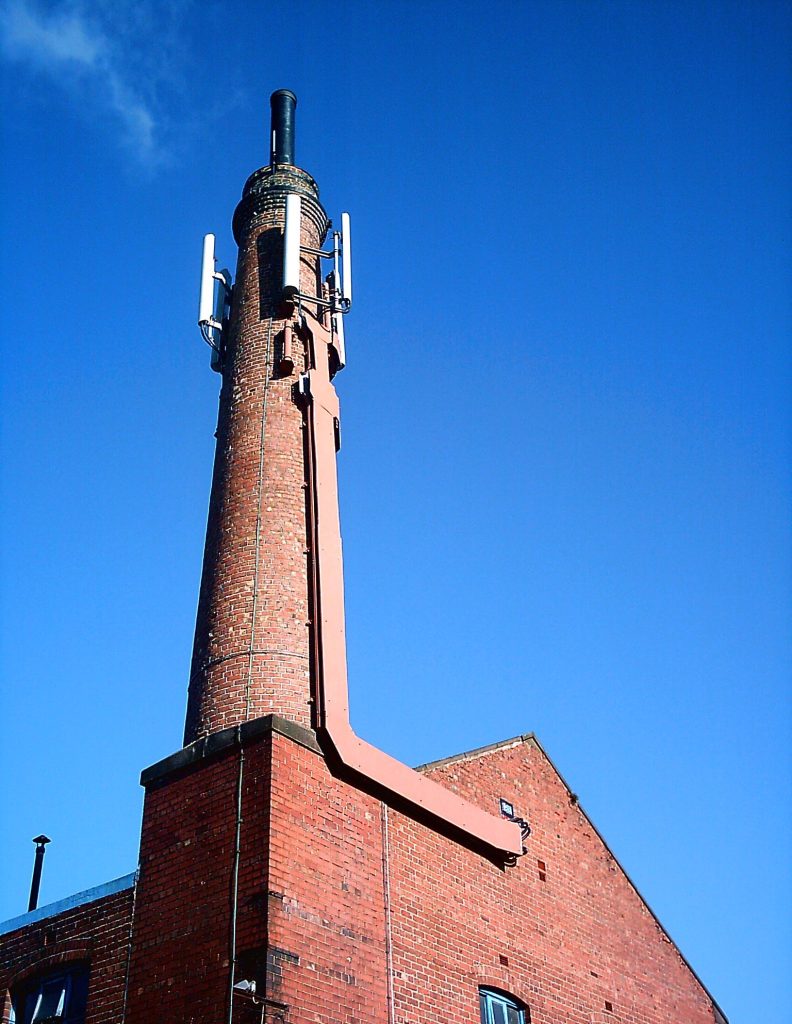
STACK – Smoke Stack
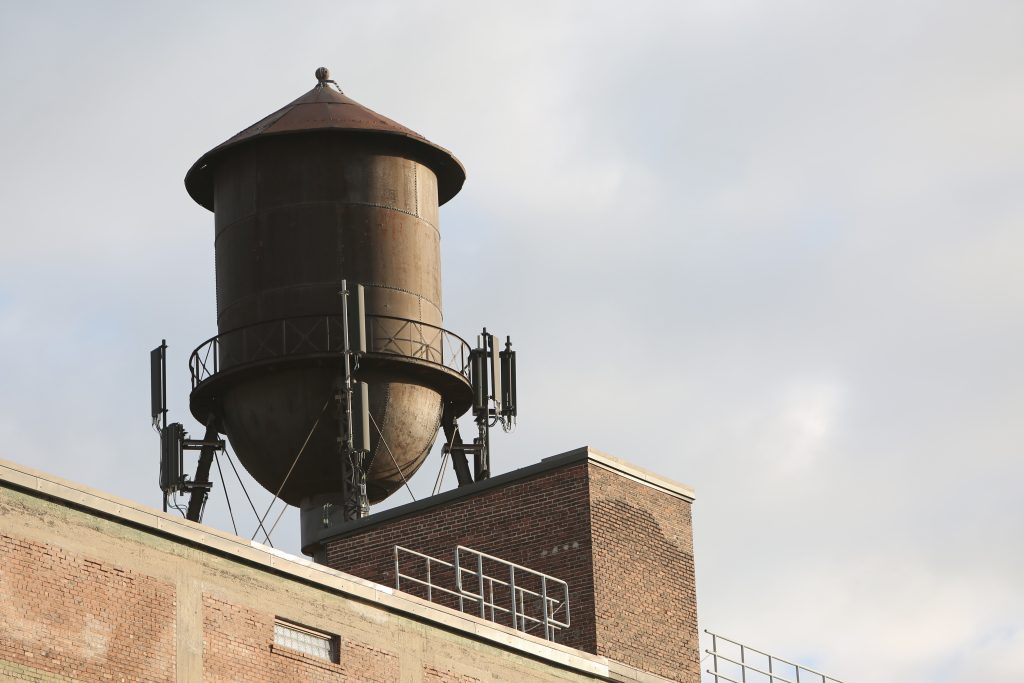
TANK – Any type of Tank (water, gas, etc.)
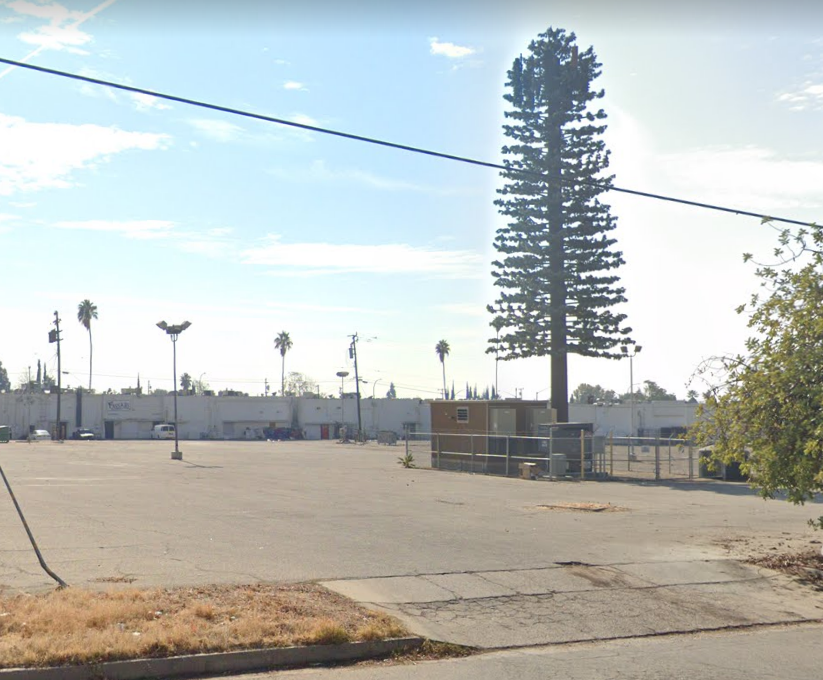
TREE – When used as a support for an antenna
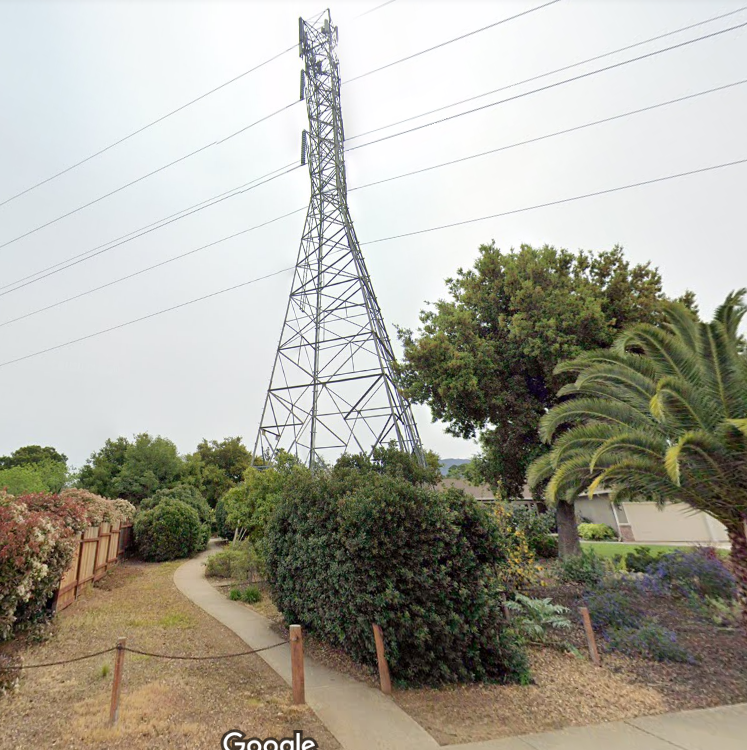
UPOLE – Utility Pole/Tower used to provide service
Additional Telecom Industry Antenna Structure Type Classifications
Although the above referenced categories are used by the government licensing authority, there are additional classifications the telecommunication industry uses to categorize a cell tower or antenna structure.
- Collocation – Multiple tenants on one structure
- Ground space – attached on the ground
- Interior Space – inside a building
- Outdoor Cabinet – covered outdoor structure
- Paging Tower
- Rooftop
- Stealth tower – hidden structure
- Tunnel
Example Telecom Antenna Structure Type Classifications
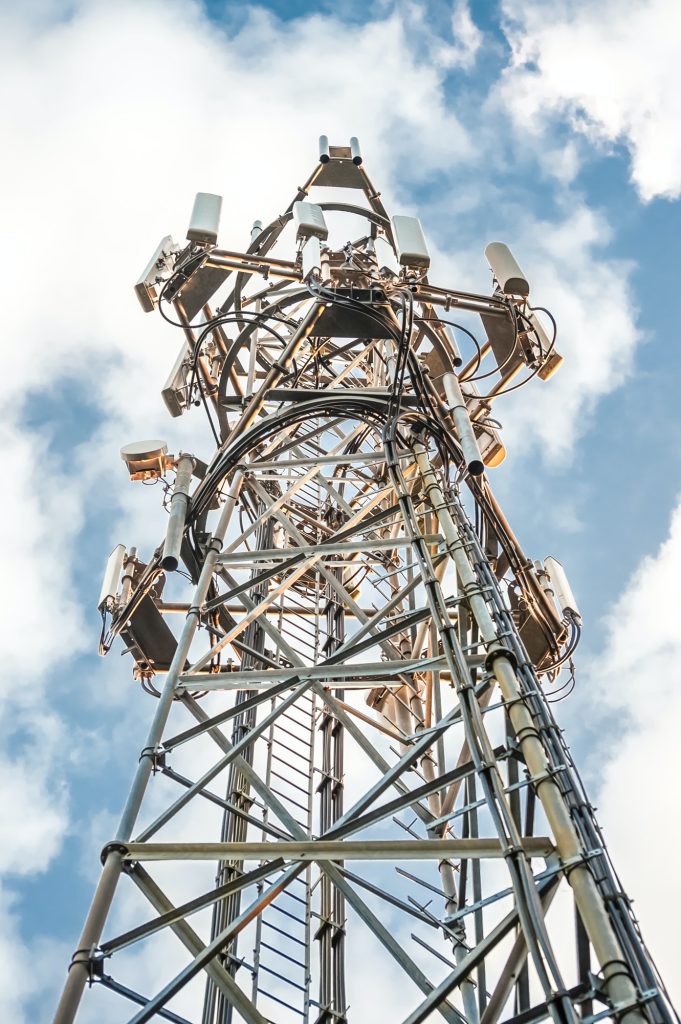
Collocation

Ground space
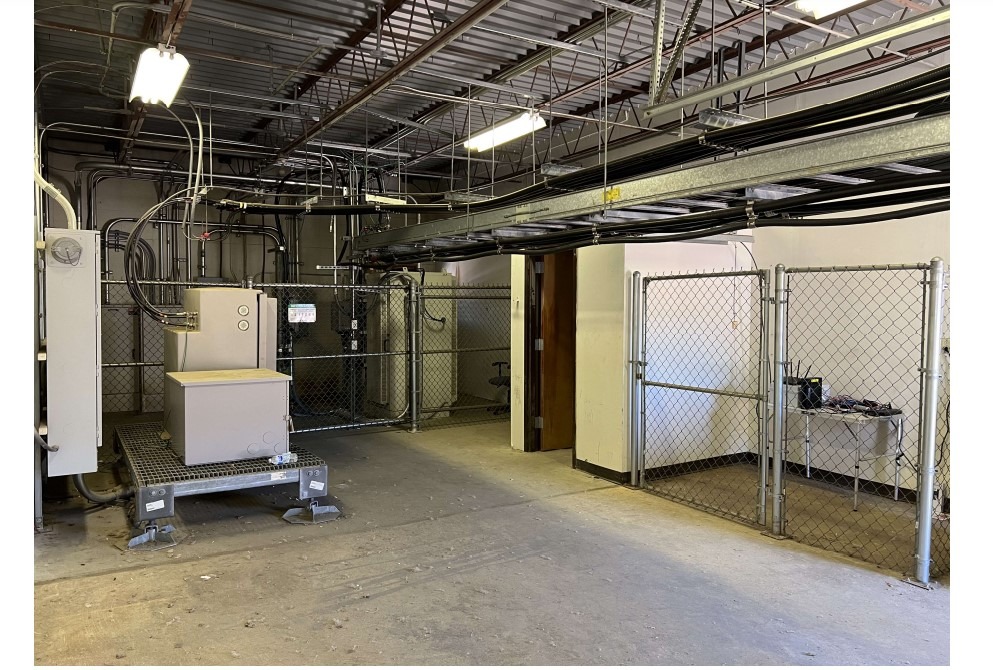
Interior Space Only
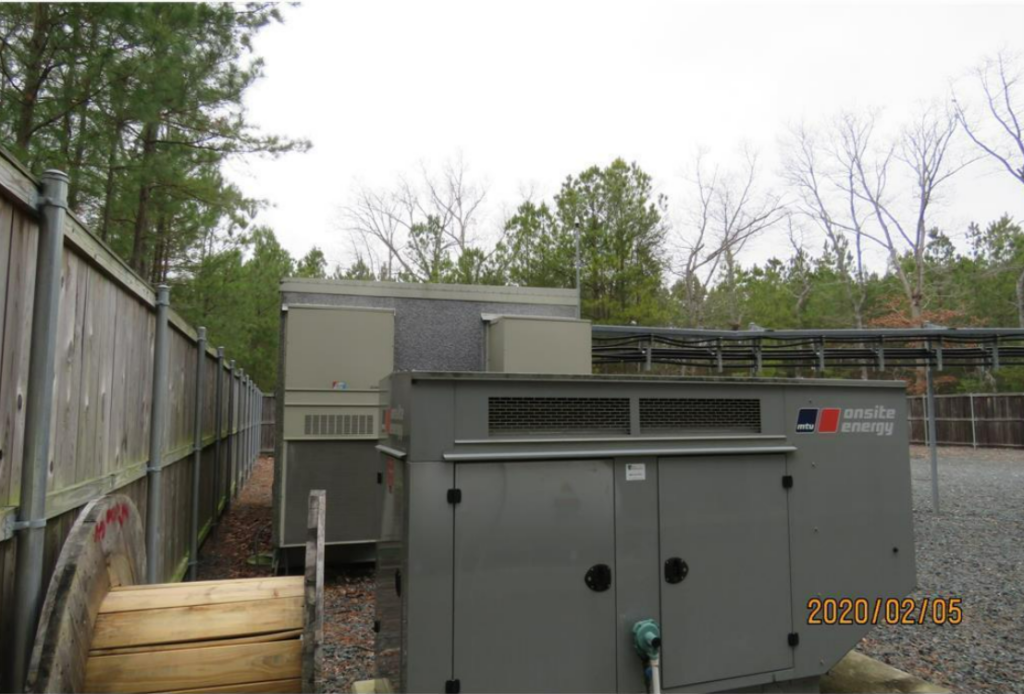
Outdoor Cabinet
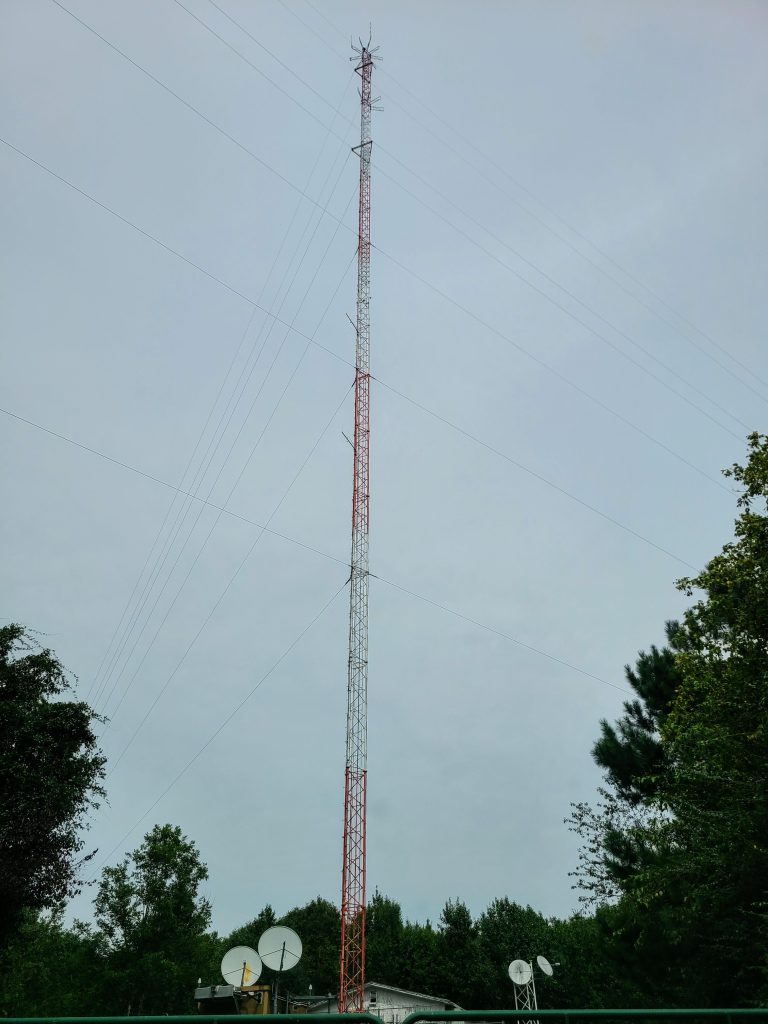
Paging Tower

Rooftop
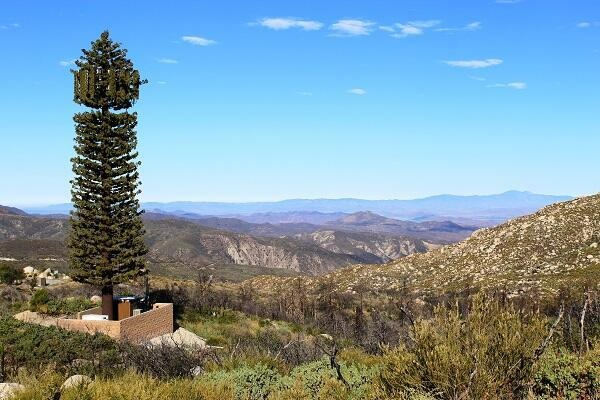
Stealth tower
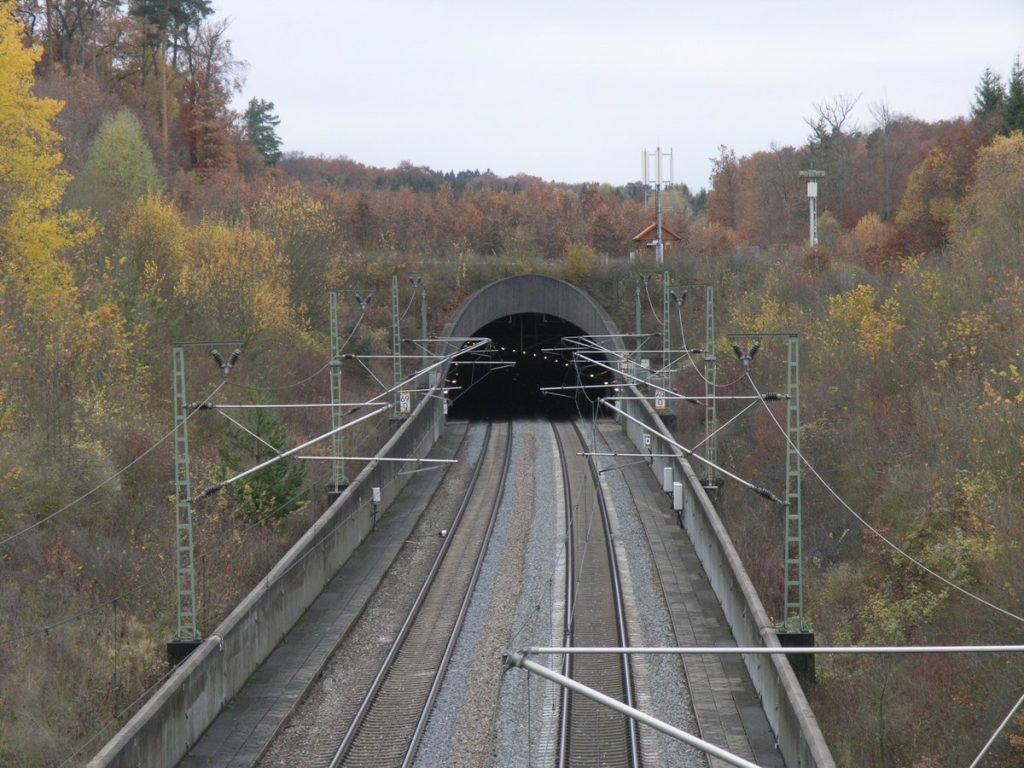
Tunnel
Antenna structures requiring notification to the FAA.
(see title 47 section 17 for latest version)
A notification to the FAA is required, except as set forth in paragraph (e) of this section, for any of the following construction or alteration:
- (a) Any construction or alteration of more than 60.96 meters (200 feet) in height above ground level at its site.
- (b) Any construction or alteration that exceeds an imaginary surface extending outward and upward at any of the following slopes:
-
- (1) 100 to 1 for a horizontal distance of 6.10 kilometers (20,000 feet) from the nearest point of the nearest runway of each airport described in paragraph (d) of this section with its longest runway more than 0.98 kilometers (3,200 feet) in actual length, excluding heliports.
- (2) 50 to 1 for a horizontal distance of 3.05 kilometers (10,000 feet) from the nearest point of the nearest runway of each airport described in paragraph (d) of this section with its longest runway no more than 0.98 kilometers (3,200 feet) in actual length, excluding heliports.
- (3) 25 to 1 for a horizontal distance of 1.52 kilometers (5,000 feet) from the nearest point of the nearest landing and takeoff area of each heliport described in paragraph (d) of this section.
- (c) When requested by the FAA, any construction or alteration that would be in an instrument approach area (defined in the FAA standards governing instrument approach procedures) and available information indicates it might exceed an obstruction standard of the FAA.
- (d) Any construction or alteration on any of the following airports and heliports:
-
- (1) A public use airport listed in the Airport/Facility Directory, Alaska Supplement, or Pacific Chart Supplement of the U.S. Government Flight Information Publications;
- (2) A military airport under construction, or an airport under construction that will be available for public use;
- (3) An airport operated by a Federal agency or the United States Department of Defense.
- (4) An airport or heliport with at least one FAA-approved instrument approach procedure.
- (e) A notification to the FAA is not required for any of the following construction or alteration:
-
- (1) Any object that will be shielded by existing structures of a permanent and substantial nature or by natural terrain or topographic features of equal or greater height, and will be located in the congested area of a city, town, or settlement where the shielded structure will not adversely affect safety in air navigation;
- (2) Any air navigation facility, airport visual approach or landing aid, aircraft arresting device, or meteorological device meeting FAA-approved siting criteria or an appropriate military service siting criteria on military airports, the location and height of which are fixed by its functional purpose;
- (3) Any antenna structure of 6.10 meters (20 feet) or less in height, except one that would increase the height of another antenna structure.
Searching Cell Towers by Antenna Structure Type
If you’re looking for cell towers or radio antennas, there are just a few ways to search telecom antenna structures.


